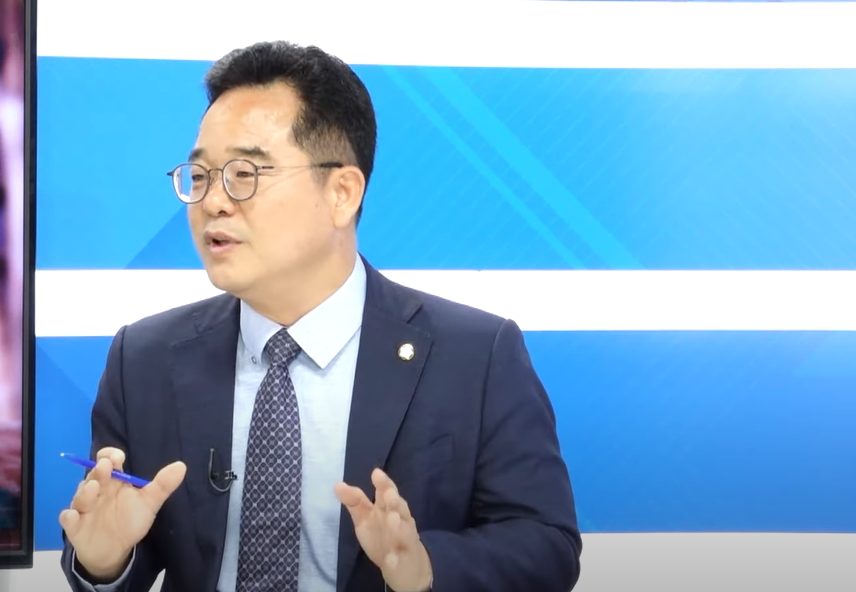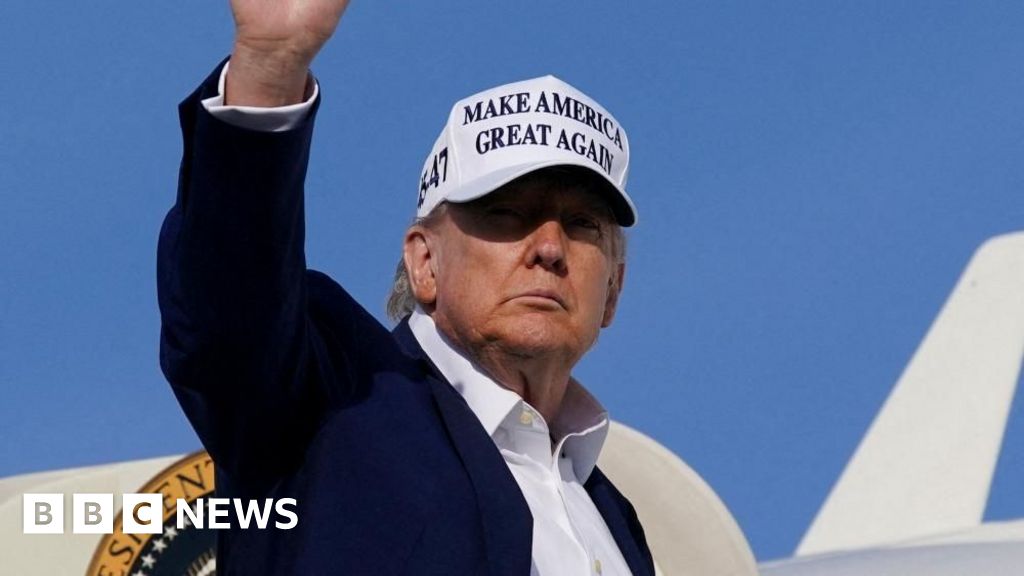- President Donald Trump wants the Federal Reserve to cut interest rates as a countermeasure to the expected economic slowdown and rising inflation from tariffs. However, the widespread uncertainty is only making it harder for the Fed to put an end to their current holding pattern on rate cuts.
President Donald Trump and Federal Reserve chair Jerome Powell are at odds.
On Thursday Trump again called on the Fed, and Powell specifically, to lower interest rates. Just a day earlier Powell had reiterated the Fed’s view that the relative strength of the economy meant it didn’t have to rush to make a decision.
“For the time being, we are well positioned to wait for greater clarity before considering any adjustments to our policy stance,” Powell said on Wednesday.
Powell’s cautious approach incensed the president. In a social media post early Thursday morning, Trump called Powell’s assessment a “mess” and accused him of being “TOO LATE AND WRONG.”
Trump wants lower interest rates to mitigate the inevitable economic slowdown as his tariff policies drive up consumer costs and stall global trade. Powell, meanwhile, doesn’t want to cut rates too soon because he’s afraid inflation will go back up. Powell is also being cautious because he is wading into uncharted economic territory because Trump’s tariff policy is so unprecedented that the outcomes are unpredictable.
The question of what to do with interest comes against an extremely unique economic backdrop. The Fed has made significant progress on lowering inflation from the June 2022 highs of 9%. This was notably achieved without raising the unemployment rate. As of March inflation was 2.4%.
As prices stabilized and the labor market remained strong, the economy (and the markets) were sent into tumult by the sudden shock of Trump’s tariff policies. Not only were the tariffs unlike any modern trade policy, but they also kept changing regularly—sometimes even on the same day.
All of which made for a level of uncertainty that investors found difficult to stomach. The markets plunged, inflation expectations soared, and trepidation set in for both companies and consumers. None of this is good for an economy that was previously humming along nicely.
The White House vs. The Fed
Now Trump wants Powell to cut rates to reverse those effects.
“Trump probably believes that lower rates would help the economy and that they could counteract any potential negative effect from the ongoing trade war,” said Francesco Bianchi, chair of the economics department at Johns Hopkins University.
In essence, Trump wants lower inflation rates to juice the economy, which is expected to slow down significantly because of his tariffs. On Wednesday Powell said the Fed’s forecast for the U.S. economy saw “slower growth” for the year ahead. Some Wall Street banks, like Morgan Stanley, also cut their U.S. GDP estimates.
But Trump’s actions have done little to warrant rate cuts. “The White House’s actions have made it harder for the Fed to cut rates,” said Brett House, a professor of economics at Columbia Business School.
Most of the expected effects from tariffs would likely lead to higher inflation, which usually calls for rate hikes, not cuts. Tariffs would raise the prices for businesses on any component or product they buy from a foreign supplier. Sellers would pass those along to consumers, who would see higher sticker prices. If inflation were to shoot up, the Fed would have no choice but to raise rates, the opposite of what Trump wants.
The Fed started its rate-cutting cycle in September 2024, with a jumbo cut of 50 basis points. It then cut twice at the end of last year. Those cuts brought the federal funds target rate down from between 5.25% and 5.5% to their current levels of 4.25% to 4.5%. In 2025, the Fed has yet to cut rates.The Fed was already in a holding pattern on rate cuts, which will only continue as the economic picture gets less clear.
“What’s happened in the last couple weeks has really placed more of a bias on holding,” said Jose Torre, senior economist at Interactive Brokers. “So it’s definitely strengthened the case to hold.”
When asked why the Fed started the year keeping rates steady, Torres was unequivocal: “Very simple,” he said. “They started way too fast.”
After those interest rate cuts inflation started to inch up again. In September 2024 the PCE index, which is the Fed’s preferred measure of inflation, was 2.1% by February 2025 it was up to 2.8%. Wall Street expects between two and three interest rate cuts in the second half of the year. The risk of cutting rates too soon is that they send prices shooting back up, which is already a practical certainty given the ongoing tariffs.
“The danger of lowering rates too soon is that inflation creeps back up and markets lose confidence that the Fed is truly committed to low inflation going forward,” Bianchi said.
When exactly to cut rates though is a delicate balancing act. Go too early and inflation soars, go late and the economy can come to a screeching halt. Being late means not providing enough stimulus to an economy, which then descends into a recession. However inflation might be a more welcome problem than the alternative from a recession—unemployment, according to Torres.
“One critical component here is that in the executive branch, an inflation problem is much better than an employment problem,” Toress said. “So those policy headwinds of trade can cause employment weakness. It’s much worse to have Americans complain that they just lost their jobs and they can’t find a job, then have Americans complain that prices are going up.”
This story was originally featured on Fortune.com
Credit: Source link









